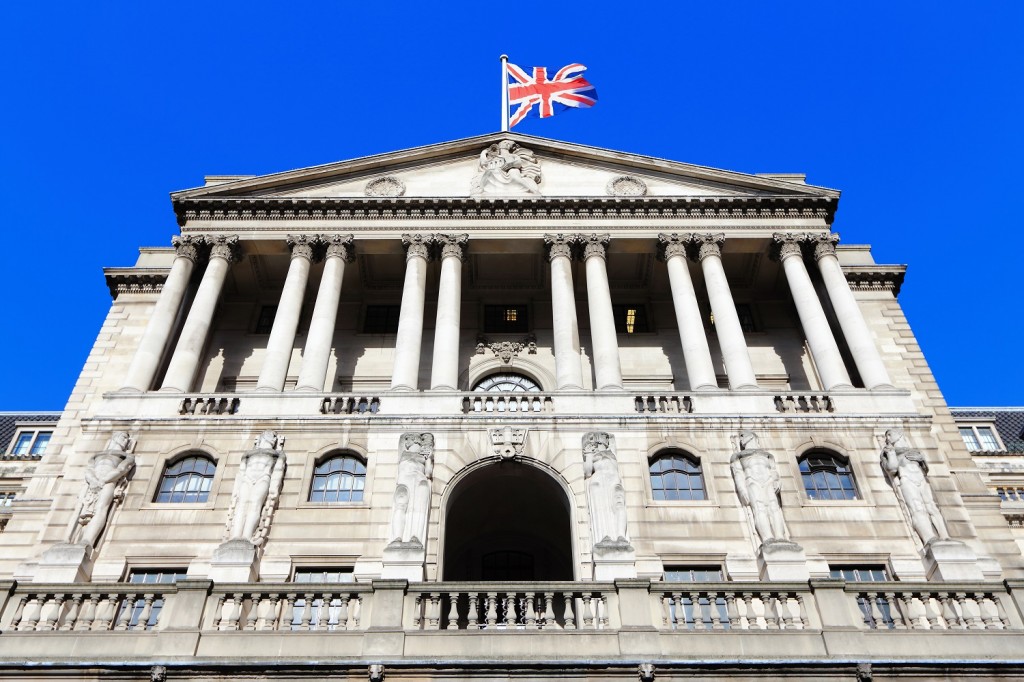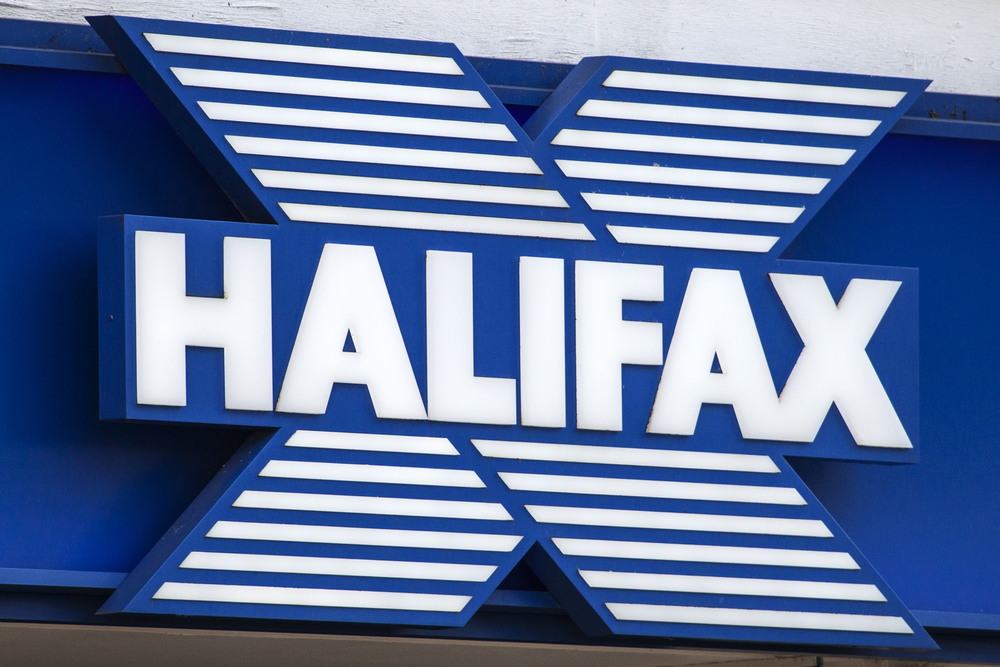
Bank of England governor Andrew Bailey has said rate cuts are “on the way” hours after its rate-setting body held the base rate at 5.25%, giving no hint on when it would begin to fall.
He added inflation was “moving in the right direction” following annual price rises easing to 3.4% from 4% earlier this week, its lowest in more than two years.
It was “reasonable that markets are taking the view” that there will be two to three rate cuts this year “given how inflation has performed, said the central bank head at a press conference yesterday.
Bailey added that rate cuts were “in play” at future MPC meetings amid signs that tighter policy had borne down on the risk of a wage-price spiral, in an interview with the Financial Times today.
His comments come after the Monetary Policy Committee voted 8-1 to hold the base rate at a 16-year high for the fifth meeting in a row.
External MPC member Swati Dhingra repeated her call from the previous meeting to lower the rate to 5%.
Deutsche Bank chief UK economist Sanjay Raja said the Bank could begin cutting rates as soon as May.
However, Bailey said that his comments were not a “prediction from me either on timing or [the] amount” of rate cuts.
He added that future wage growth expectations remain at 5.2%, which is not consistent with the Bank’s 2% inflation target.
However, the FTSE 100 was up 0.6% to 7,930.51 in afternoon trading today, still fueled by Bailey’s comments, after jumping 1.9% to a near one-year high yesterday.
XTB research director Kathleen Brooks says: “This shift in rate cut expectations from the Bank of England is like a red flag to a bull, and markets have rallied sharply.
“The FTSE 250 has also made strong gains this week, and … is only 400 points away from the record high made in 2021.”
Bailey’s comments may also be welcomed by the mortgage industry, where many have called for more clarification from the Bank on when it will start to reduce rates
The governor’s comments offer a rosier picture than the MPC’s minutes yesterday, which said: “The committee has judged since last autumn that monetary policy needs to be restrictive for an extended period of time until the risk of inflation becoming embedded above the 2% target dissipates.”
However, the Bank has drawn criticism over its forecasting in the past after it said that brewing inflation following the pandemic lockdowns would be “transitory” and inconsistent messaging as it raised rates 14 times in a row between December 2021 and August 2023.



